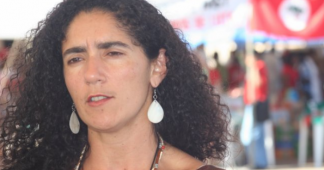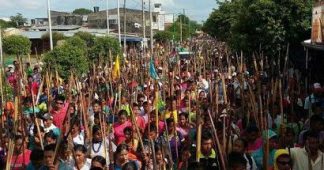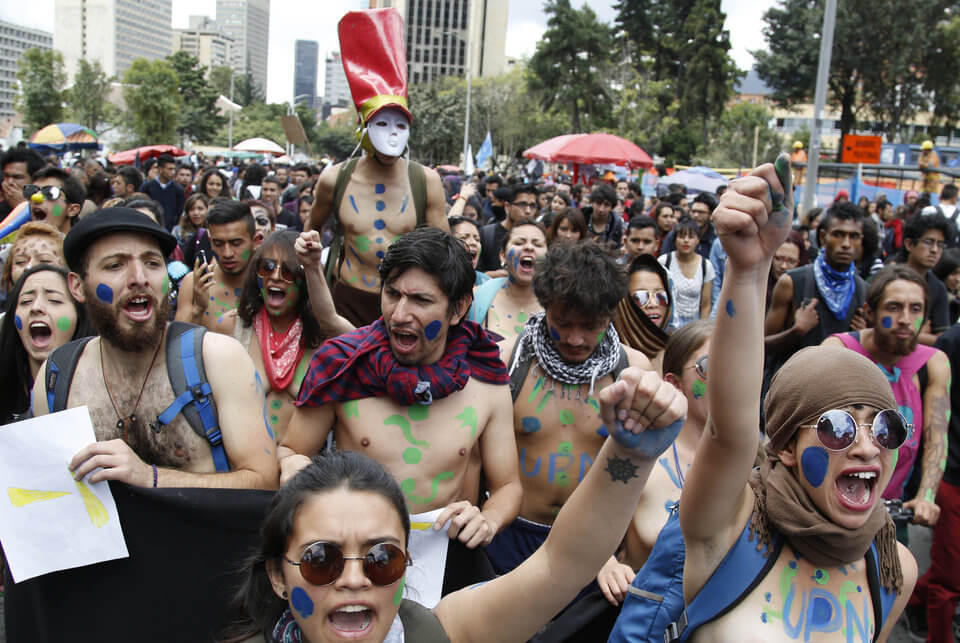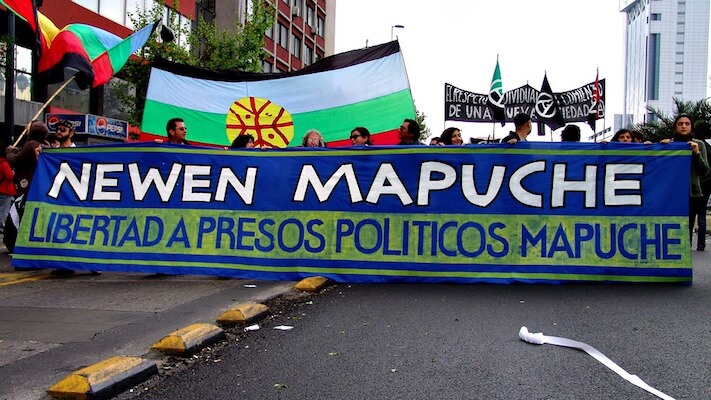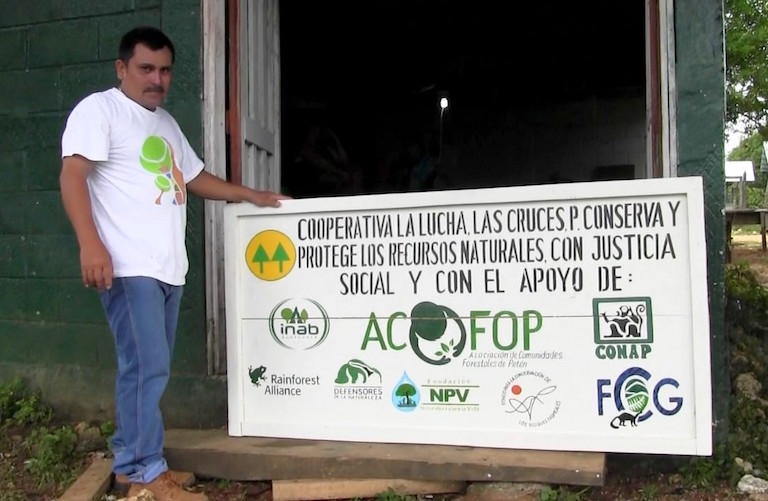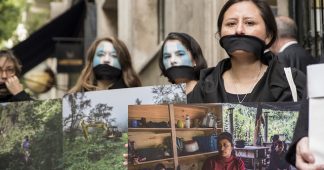By: Juan Gastiazoro
Source: Notas Periodismo Popular
The Dawn News / October 17, 2017
There are people that resist and peoples that denounce. But there are also people that construct, that won’t denounce and wait for an exterior force to take them out of the situations that oppress them. An example of this is the Regional Coordinator of the Communitarian Authorities of Costa Chica and Guerrero Mountain (CRAC-PC), which in October 15, 1995 decided to create in Mexico the Communitarian Police that is in charge of providing security and justice to their communities.
A communitarian territory is a region made up of farmers and indigenous people. And it was the outcome of a coordination between coffee farmers, indigenous resistance organizations and communities which began the communitary process. The region is inhabited by Mixtecos, Tlapanecos, Amuzgos, Nahuas and Mestizos; the main goal of the encounter was to face the security problematic. A problematic which had state police as gestor and main abettor of crime and boosted the inhabitants to arm and defend with their hands that territory.
Years passed while the process kept growing and getting more complex to the point of the creation of the first Justice House in the year 1998. The objective of this institution was to administer justice, since state justice was also involved with crime groups. But this organization didn’t impose a structure based on punishment, but a process of re education where people are forced to realize communitary works in different communities and to speak with the representatives of each town.
Defending the territory isn’t just administrating security and justice, and CRAC-PC understands this. This is why, before the threat of invading mining companies, in the year 2009, CRAC created work and information commissions in order to teach about the consequences of this intrusions and the imperative need to reject the entrance to the mining companies.
This process is escorted by the work with other social organizations that collaborate from different sectors to the struggle in the defense of a territory. An example of this is the conformation of the Regional Council of Agrarian Authorities in Defense of the Territory that managed to unify different Agrarian Authorities and to bend the onslaught of the mining companies achieving the annulment of half the granted concessions to the moment (22 out of 44).
22nd Anniversary
Past weekend, around 1.500 people met in the community of Colombia de Guadalupe, Malinaltepec district, to celebrate the 22nd anniversary of this community organization since it is an institution within the mountain and the Guerrerense Coast.
Like every anniversary, it was also a moment to define strategic lines of the communitary organization. This is why during the first day, five dialogue tables had a central role where the following themes were raised: Constitutional Reform in indigenous themes; a New Internal Regulation and Structure of the CRAC-PC; Actions for the defense of the territory; Articulation of the Popular Struggles; and the Participation of Women in the Community System. The dialogue tables ended at the afternoon so that the cultural workshops could start.
On Sunday, the parade was realized. Leaded by the fathers of Ayotzinapa, a procession was carried on from the crossroads Tlapa-Marquelia to the Auditorium of Colombia. Nearly 800 communitary policemen paraded through the access route to the community, escorted by 300 people of the different communities and social organizations that assisted.
After the parade, there was a lecture on the resolution of the main dialogue tables, where the importance to continue with the coordination of the struggles that touch the communitary territory. One of the main proposals is the Reform of the Guerrero Constitution in Indigenous matters. Before the proposal of the Governor to reform the Constitution, a reform that will make invisible the autonomy exercised by the peoples, the communities presented a counter proposal elaborated by the communities with the collaboration of human rights and social organizations, where respect and recognition towards their Communitary System is demanded, but also recognition of their political self determination regarding government structures and indigenous rights.
“Twenty two years can be easily said, but not as easy to carry on”, said one of the spokesman of the event. And the CRAC-PC process was not a construction without conflict, without internal and external problems.
Since 2013, CRAC is living a conflict process linked mainly to the proliferation of self defense (armed civilians that defend the territory which aren’t named through assemblies or organized communities but through the own will of citizens with resources that decide by themselves how to “look out” and that have too many links with organized crime); the interference of the government that has associated with certain communitary leaders; and different internal conflicts. This gave place to a process that in 2015 was partially solved an initiated a reconstruction process of the communitary system that is starting to show the vitality previously achieved.
